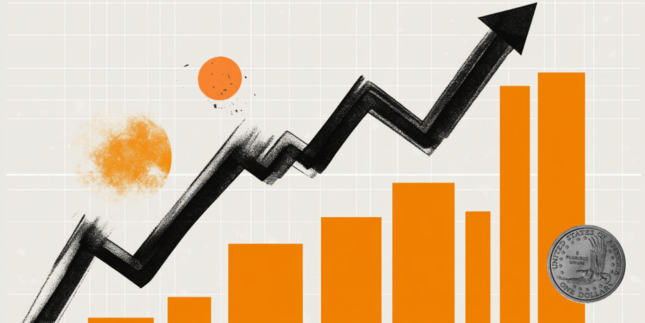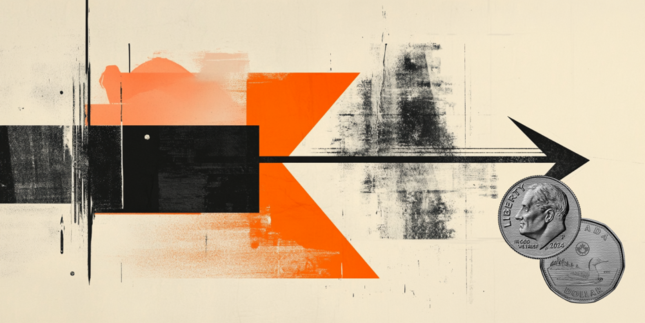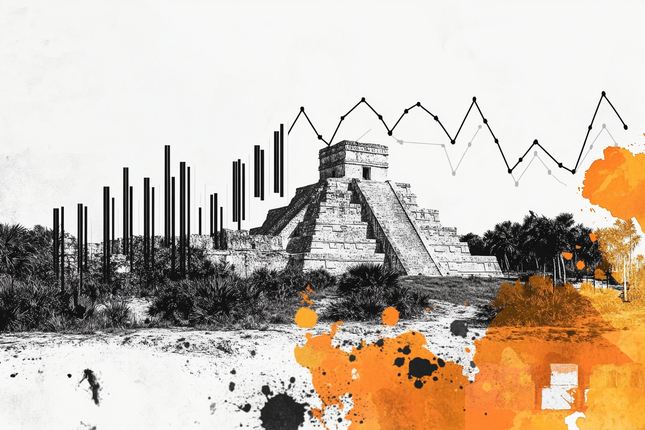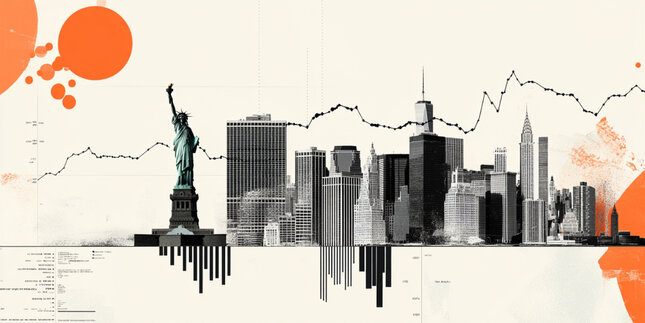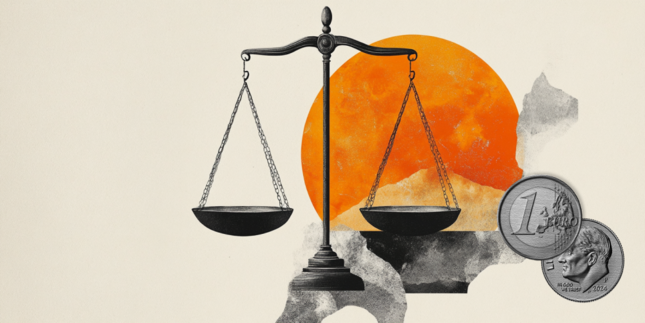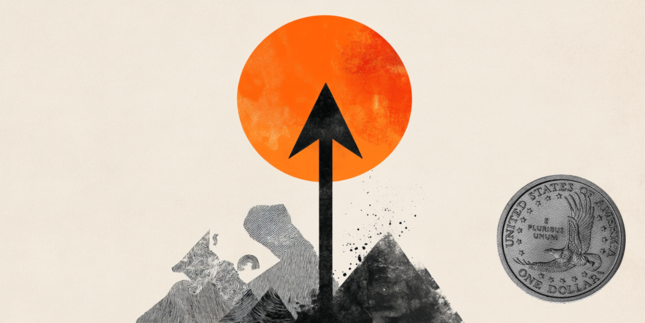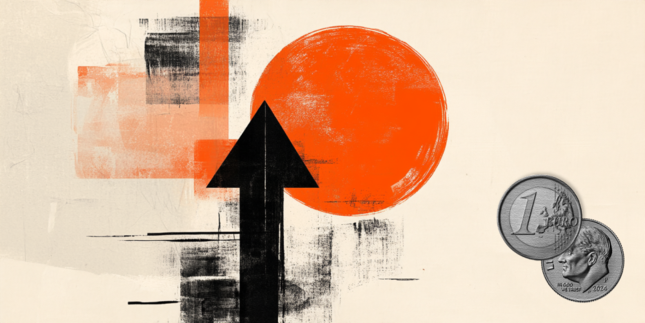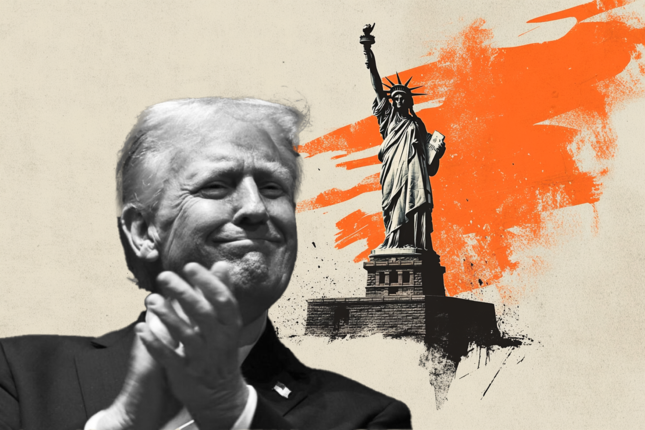USD/JPY tumbles from weekly high of 154.80 as Japanese Yen outperforms on safe-haven bid
- USD/JPY dives to near 153.40 amid significant strength in the Japanese Yen.
- Investors remain on their toes as US Trump reiterates reciprocal tariff threats.
- The Fed stated that a restrictive policy stance is favorable if progress in the disinflation trend stalls.
The USD/JPY pair falls sharply to near 153.40 in Thursday’s North American session from its weekly high of 154.80, which it posed on Wednesday. The asset weakens as second-level safe-haven assets, such as the Japanese Yen (JPY) and the Swiss Franc (CHF), perform strongly across the board.
Japanese Yen PRICE Today
The table below shows the percentage change of the Japanese Yen (JPY) against listed major currencies today. Japanese Yen was the strongest against the Australian Dollar.
| USD | EUR | GBP | JPY | CAD | AUD | NZD | CHF | |
|---|---|---|---|---|---|---|---|---|
| USD | 0.03% | -0.15% | -0.60% | -0.03% | 0.40% | 0.33% | -0.54% | |
| EUR | -0.03% | -0.19% | -0.64% | -0.06% | 0.34% | 0.30% | -0.58% | |
| GBP | 0.15% | 0.19% | -0.48% | 0.13% | 0.55% | 0.48% | -0.39% | |
| JPY | 0.60% | 0.64% | 0.48% | 0.54% | 0.99% | 0.88% | 0.05% | |
| CAD | 0.03% | 0.06% | -0.13% | -0.54% | 0.44% | 0.36% | -0.51% | |
| AUD | -0.40% | -0.34% | -0.55% | -0.99% | -0.44% | -0.07% | -0.93% | |
| NZD | -0.33% | -0.30% | -0.48% | -0.88% | -0.36% | 0.07% | -0.87% | |
| CHF | 0.54% | 0.58% | 0.39% | -0.05% | 0.51% | 0.93% | 0.87% |
The heat map shows percentage changes of major currencies against each other. The base currency is picked from the left column, while the quote currency is picked from the top row. For example, if you pick the Japanese Yen from the left column and move along the horizontal line to the US Dollar, the percentage change displayed in the box will represent JPY (base)/USD (quote).
The safe-haven bid of the JPY and the CHF strengthens amid worries that the imposition of reciprocal tariffs by United States (US) President Donald Trump will lead to a global trade war. Trump reiterated reciprocal tariff threats in early North American trading hours through a post on Truth Social.
"Three great weeks, perhaps the best ever, but today is the big one: reciprocal tariffs!!! Make America great again!!!," Trump said.
Contrary to strength in the JPY and the CHF, the US Dollar (USD) faces selling pressure on optimism over a truce between Russia and Ukraine. Donald Trump announced on Wednesday that leaders of both nations had agreed to peace talks.
The US Dollar Index (DXY), which tracks the Greenback’s value against six major currencies, has recovered some of its morning losses but is still down 0.15% to near 107.80.
Meanwhile, the outlook for the US Dollar remains firm as hot US Consumer Price Index (CPI) and Producer Price Index (PPI) reports for January have boosted expectations that the Federal Reserve (Fed) will keep interest rates in the current range of 4.25%-4.50% for longer.
Fed Chair Jerome Powell said in his two-day testimony before Congress that the central bank can maintain “policy restraint for longer” if the economy remains strong and “inflation does not move toward 2%."
(This story was corrected on February 13 at 14:46 to say that the US Dollar Index (DXY) has recovered some of its morning losses, not some of its morning gains.)
US Dollar FAQs
The US Dollar (USD) is the official currency of the United States of America, and the ‘de facto’ currency of a significant number of other countries where it is found in circulation alongside local notes. It is the most heavily traded currency in the world, accounting for over 88% of all global foreign exchange turnover, or an average of $6.6 trillion in transactions per day, according to data from 2022. Following the second world war, the USD took over from the British Pound as the world’s reserve currency. For most of its history, the US Dollar was backed by Gold, until the Bretton Woods Agreement in 1971 when the Gold Standard went away.
The most important single factor impacting on the value of the US Dollar is monetary policy, which is shaped by the Federal Reserve (Fed). The Fed has two mandates: to achieve price stability (control inflation) and foster full employment. Its primary tool to achieve these two goals is by adjusting interest rates. When prices are rising too quickly and inflation is above the Fed’s 2% target, the Fed will raise rates, which helps the USD value. When inflation falls below 2% or the Unemployment Rate is too high, the Fed may lower interest rates, which weighs on the Greenback.
In extreme situations, the Federal Reserve can also print more Dollars and enact quantitative easing (QE). QE is the process by which the Fed substantially increases the flow of credit in a stuck financial system. It is a non-standard policy measure used when credit has dried up because banks will not lend to each other (out of the fear of counterparty default). It is a last resort when simply lowering interest rates is unlikely to achieve the necessary result. It was the Fed’s weapon of choice to combat the credit crunch that occurred during the Great Financial Crisis in 2008. It involves the Fed printing more Dollars and using them to buy US government bonds predominantly from financial institutions. QE usually leads to a weaker US Dollar.
Quantitative tightening (QT) is the reverse process whereby the Federal Reserve stops buying bonds from financial institutions and does not reinvest the principal from the bonds it holds maturing in new purchases. It is usually positive for the US Dollar.
Forex News
Keep up with the financial markets, know what's happening and what is affecting the markets with our latest market updates. Analyze market movers, trends and build your trading strategies accordingly.


